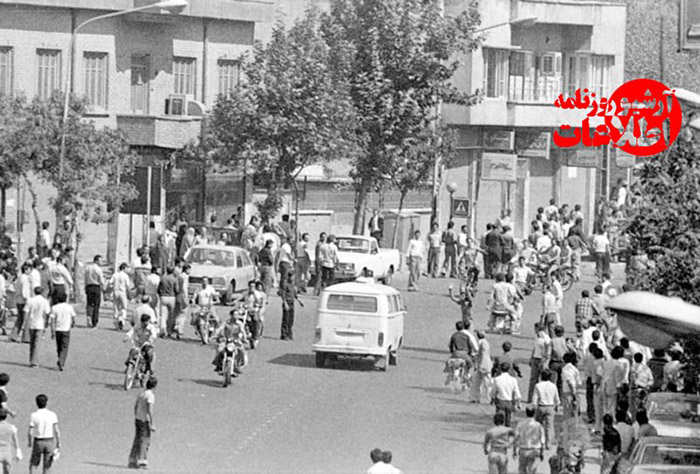Official Statistics
The Tehran military governor’s office declared 87 dead, later revised to 88, of whom 64 died in Jhaleh Square. Emad al-Din Baghi’s research decades later confirmed these numbers with access to the Martyrs Foundation archives.
Opposition Claims
Revolutionary groups at the time claimed hundreds or thousands were killed. This exaggeration, while not factually accurate, helped fuel revolutionary mobilization by portraying the Shah as a mass murderer.
Western Observers
-
Journalists and intellectuals, including Michel Foucault, initially repeated inflated figures.
-
Later Western scholarship recognized the discrepancy but emphasized that the massacre’s political effect, not the precise death toll, made it so consequential.
Broader Context in 1978–1979
After Black Friday, Iran entered a new phase of revolution:
-
Strikes spread across the country, particularly in the oil industry, crippling the economy.
-
In October 1978, Khomeini was expelled from Iraq and moved to Neauphle-le-Château in France, where he became the revolution’s central leader through taped speeches and interviews.
-
By December 1978, during Muharram, millions of Iranians marched in coordinated demonstrations nationwide, openly demanding the Shah’s abdication.
-
On January 16, 1979, the Shah left Iran.
-
On February 11, 1979, the monarchy collapsed, and the Islamic Republic emerged.
Black Friday, therefore, was not the sole cause of the revolution’s success, but it was a catalyst that turned a movement into an unstoppable tide.

